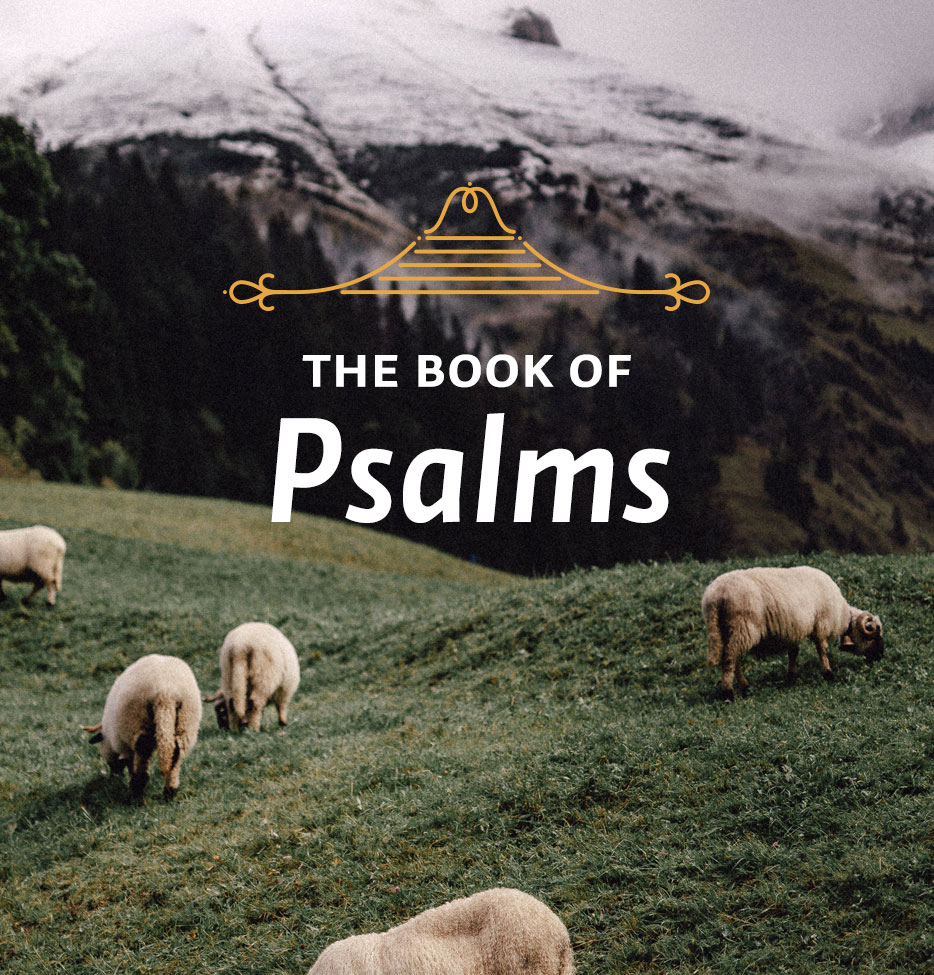Theme: God’s Design in Creation
In this week’s lessons, we see that not only does creation rejoice in God its Creator, but also God himself takes joy in what he has made.
Scripture: Psalm 104:1-35
I begin with verses 1-4, the first stanza in the New International Version translation. It parallels the account of creation on the first two days of Genesis 1: the creation of light on day one and the separation of the heavens above from the matter beneath on day two. However, in these verses the psalmist’s interest is not so much in the sequence of God’s acts as in God himself and the way these first elements of creation reveal his greatness and disclose his “splendor and majesty” (v. 1).
John Stott warns us against taking this passage literally, a warning which should hardly be necessary. God is not literally wrapped in light, nor does he live in something like a great celestial tent resting on the oceans. These are images. However, “what this passage does teach us is that God is the creator of the universe, and that he has revealed himself in it. In his essential being he is invisible, but he makes himself known in the visible order which he has made.” It is in this sense that “the light is his garment, the heavens are his tent, the sky his chambers, and the clouds his chariot, while he makes the winds his messengers and fire and flame his servants.”1
There is a very important difference here between the revealed religion of ancient Israel and the religions of virtually all the other ancient world cultures. Most of the ancient religions were pantheistic, entirely or in part, which meant that they identified nature with various nature gods. Thus in order to worship God they worshiped nature. This was a degraded and debasing outlook, since in most cases it resulted in the worship of mere sex. The ancient Jews separated God and nature, which God had taught them to do, and this meant that in their case nature could become a vehicle of God’s self-revelation. “It is surely just because the natural objects are no longer taken to be themselves Divine that they can now be magnificent symbols of Divinity,” wrote C. S. Lewis.2 “By emptying Nature of divinity—or, let us say, of divinities—you may fill her with Deity, for she is now the bearer of messages.”3
Or let me put this another way, as Jonathan Edwards did in the treatise I mentioned in yesterday’s study. Edwards said that God’s chief design in creation is to make himself known or, which is the same thing, to manifest his glory. For God to be glorified means for God to be known as he is, and what this means is that creation is designed to show forth his might, wisdom, goodness and, adds Edwards, “his happiness”4—as well as all his other attributes. This is exactly what the psalm shows, of course. The first verses display God’s greatness in the creation of the heavens and earth. Verse 24 speaks of his wisdom in creating all things: “How many are your works, O LORD. In wisdom you made them all.” Verses 27-30 emphasize God’s perfect provision for his creatures. Verse 31, the key to the psalm and one I have already mentioned, speaks of God’s happiness: “May the glory of the LORD endure forever; may the LORD rejoice in all his works.”
This is not a wish for something that possibly might not happen, but rather a confident assertion that this is precisely what will happen. The lines are parallel. Because the glory of the Lord will endure forever, so will God’s rejoicing in creation. This is why the older versions translated the line: “the LORD shall rejoice in his works.”
No wonder this psalm has given us such happy hymns as: “God, All Nature Sings Thy Glory” by David Clowney (1960; sung to Beethoven’s “Ode to Joy”); “O Worship the King” by Robert Grant (1833; sung to the tune “Lyons”); and “My Soul, Bless the Lord” (from the Psalter of 1912; sung to “Houghton”).
1John Stott, Favorite Psalms (Chicago: Moody, 1988), pp. 98, 99.
2C. S. Lewis, Reflections on the Psalms (New York: Harcourt, Brace and Company, 1958), p. 81.
3C. S. Lewis, Ibid., pp. 82, 83.
4Jonathan Edwards, “A Dissertation Concerning the End for which God Created the World” in The Works of Jonathan Edwards (Edinburgh and Carlisle, PA: Banner of Truth Trust, 1974), vol. 1, p. 101.
Study Questions:
What period of time do verses 1-4 parallel? Why does the psalmist allude to this?
Why is the description of God not to be read as a literal description? What is the point the psalmist is making about God?
How do you know that pantheism is a debased form of worship? What was different about the ancient Jews’ worship?
What does nature show us about God?
Reflection: What other images does the Bible use to describe God, and what do they teach us about him?
Prayer: Thank God for his creation and his perfect provision for his creatures.
Key Point: For God to be glorified means for God to be known as he is.
For Further Study: To learn more about how God reveals himself in creation, download and listen for free to James Boice’s message, “Natural Revelation.” (Discount will be applied at checkout.)






